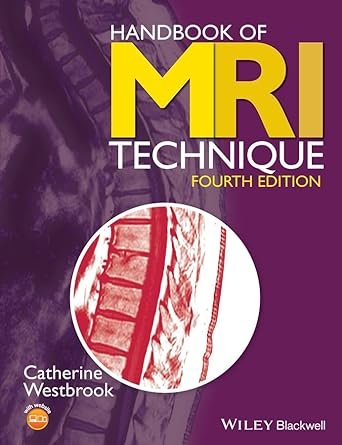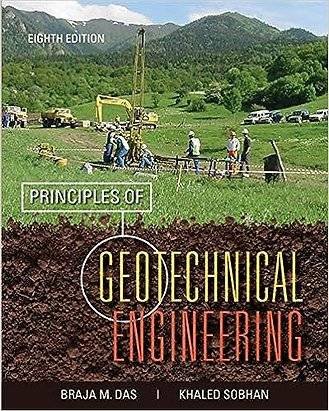Fundamentals of Thermodynamics 9th Edition
Thermodynamics is a fundamental subject in engineering and physics, governing energy transfer and transformation. Fundamentals of Thermodynamics 9th Edition by Claus Borgnakke and Richard E. Sonntag is an authoritative textbook that provides a structured and comprehensive approach to understanding thermodynamic principles. This latest edition integrates modern applications, real-world examples, and updated problem sets to help students grasp complex concepts with ease.
A Definitive Guide to Fundamentals of Thermodynamics 9th Edition
This textbook is widely regarded as one of the best resources for learning thermodynamics. It is designed for undergraduate and graduate students in mechanical engineering, aerospace engineering, chemical engineering, and other related fields. With clear explanations and a logical progression of topics, the book ensures that readers build a strong foundation in the subject.
Core Topics Covered
1. Introduction to Thermodynamics
The book begins with an overview of thermodynamics, defining key concepts such as energy, heat, work, and state functions. It establishes the fundamental importance of thermodynamics in various engineering disciplines and real-world applications.
2. The First Law of Thermodynamics
One of the most critical principles, the first law of thermodynamics, deals with energy conservation. The book explains how energy is transferred in closed and open systems and introduces key concepts such as internal energy, enthalpy, and heat capacity.
3. The Second Law of Thermodynamics and Entropy
The second law of thermodynamics is crucial for understanding irreversibility and entropy. The book explores entropy changes in different processes, heat engines, and refrigeration cycles. It also introduces the concept of exergy and energy degradation.
4. Thermodynamic Properties and Equations of State
This section discusses the properties of pure substances, phase diagrams, and equations of state. The book explains how to use property tables and charts, including steam tables and the ideal gas law.
5. Power Cycles and Energy Conversion
The book delves into power cycles, including the Carnot cycle, Rankine cycle, Otto cycle, and Diesel cycle. It explains how these cycles are used in steam power plants, internal combustion engines, and gas turbines.
6. Refrigeration and Heat Pump Systems
A detailed discussion of refrigeration cycles and heat pump applications is included. The book covers the vapor-compression cycle, absorption refrigeration, and modern refrigeration technologies used in industrial and domestic applications.
7. Heat Transfer and Thermodynamic Efficiency
Although primarily a thermodynamics book, this edition briefly introduces heat transfer mechanisms—conduction, convection, and radiation—connecting them to thermodynamic principles. It also discusses efficiency improvements in energy systems.
Why This Book Fundamentals of Thermodynamics 9th Edition Stands Out
✅ Clear and Logical Organization
Each chapter builds upon previous concepts, ensuring a seamless learning experience. Complex topics are broken down into understandable sections with step-by-step explanations.
✅ Real-World Applications
The book features numerous case studies and engineering examples that illustrate how thermodynamics is applied in real-world scenarios, such as power plants, engines, and environmental systems.
✅ Comprehensive Problem Sets
Each chapter includes a variety of exercises ranging from basic conceptual questions to advanced numerical problems. These problems help students test their understanding and prepare for exams effectively.
✅ Updated with Modern Engineering Practices
The 9th edition incorporates recent advancements in energy conversion, sustainability, and renewable energy technologies, making it highly relevant to today’s engineering challenges.
✅ Enhanced Visuals and Diagrams
Thermodynamics is a concept-heavy subject that benefits from clear illustrations. This edition includes well-designed diagrams, graphs, and tables that aid comprehension.
Who Should Read This Book?
- Engineering Students: Ideal for undergraduate and graduate students studying mechanical, aerospace, or chemical engineering.
- Professors and Instructors: A great reference book for teaching thermodynamics in universities and technical institutions.
- Industry Professionals: Useful for engineers working in energy production, HVAC systems, and power plants.
- Researchers in Energy Science: A valuable resource for those working on energy efficiency, sustainability, and thermodynamic modeling.
Applications of Thermodynamics
Thermodynamics is not just an academic subject; it plays a crucial role in many industries:
- Automotive and Aerospace Engineering: Understanding thermodynamics is essential for designing efficient engines and propulsion systems.
- Power Generation: Thermodynamic principles are at the heart of power plants, including fossil fuel, nuclear, and renewable energy systems.
- HVAC and Refrigeration: The science of thermodynamics governs heating, ventilation, and air conditioning (HVAC) systems used in homes, commercial buildings, and industrial facilities.
- Chemical and Process Engineering: Chemical reactions, energy transfer, and process optimization rely heavily on thermodynamic concepts.
Conclusion
Fundamentals of Thermodynamics 9th Edition by Claus Borgnakke and Richard E. Sonntag is a must-have for students, engineers, and researchers. With its clear explanations, practical applications, and extensive problem sets, this book provides a solid foundation in thermodynamics. Whether you are learning the subject for the first time or need a reliable reference, this book remains one of the most authoritative texts on thermodynamic principles.
you may like .https://natashabookstore.com/books/things-without-a-name-paperback/
















Reviews
There are no reviews yet.